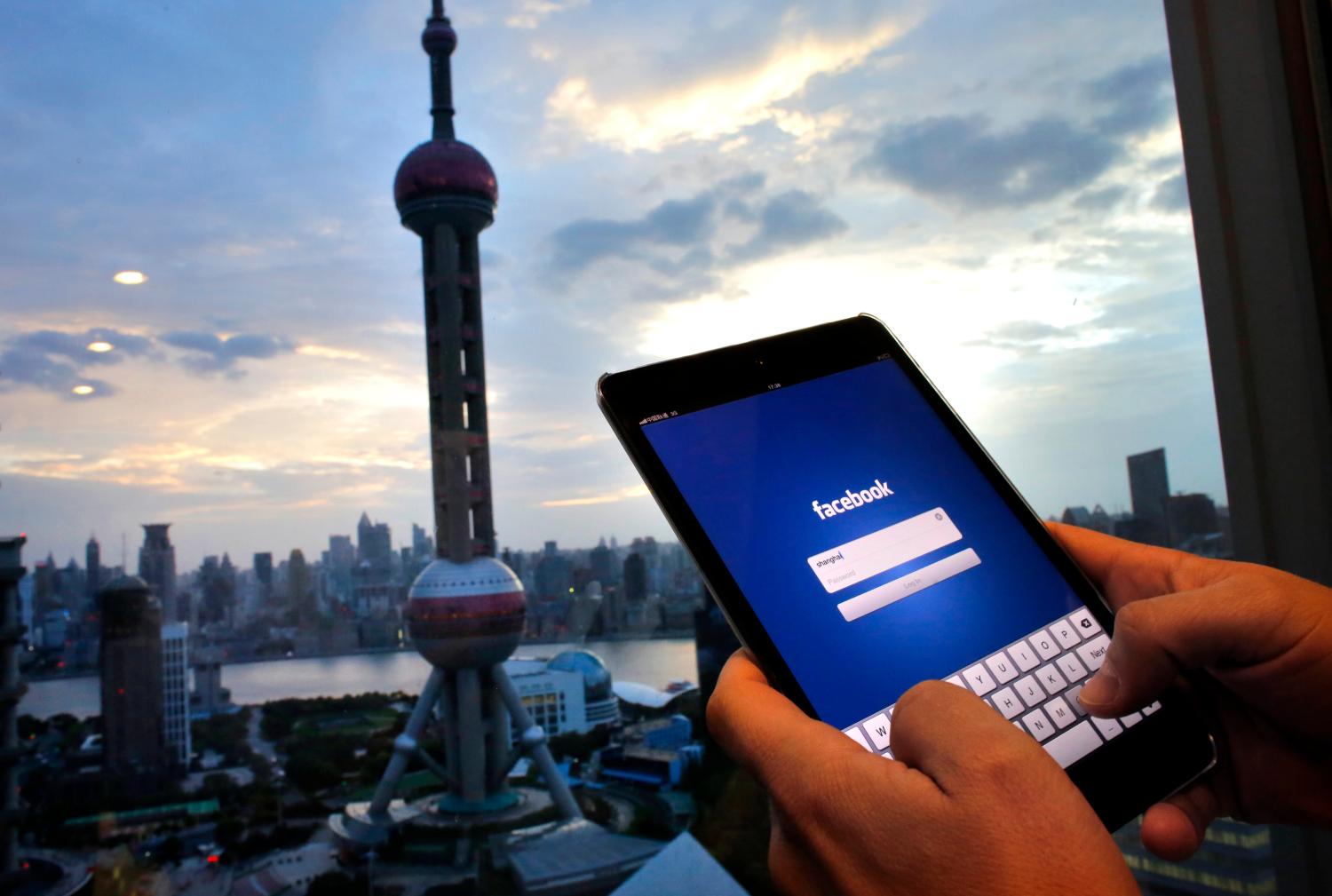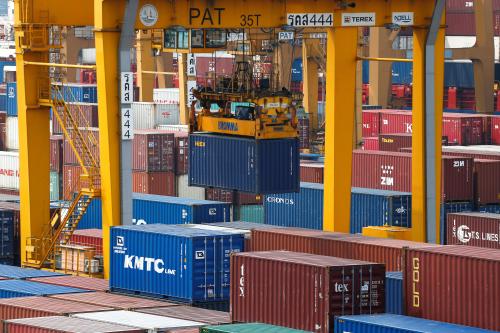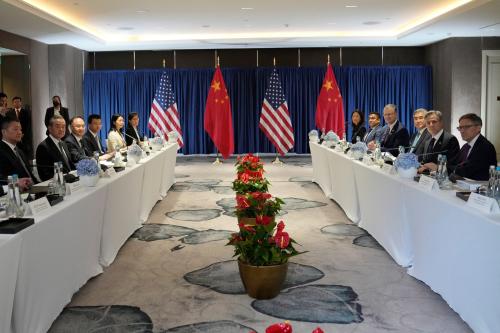EXECUTIVE SUMMARY
This paper is about the potential of the Internet as a platform for international trade. A traditional understanding of the impact of the Internet on commerce is derived from the dot.com experience of the 1990s, where Internet companies such as Pets.com and Amazon sold goods online. Since then, the impact of the Internet on commerce has grown and changed. Certainly, the ability to sell goods online remains important. However, the key development is that the Internet is no longer only a digital storefront. Instead, the Internet as described in this working paper is a platform for businesses to sell to customers domestically and overseas, and is a business input that increases productivity and the ability of businesses to compete. Understanding the Internet as a platform for trade highlights its broad economic potential. It emphasizes how the commercial opportunities are no longer limited to Internet companies, but are now available for businesses in all sectors of the economy, from manufacturing to services. Moreover, the global nature of the Internet means that these opportunities are no longer limited to domestic markets, but are embraced wherever Internet access is available.
Significantly, the Internet is creating new opportunities for small and medium-sized enterprises (SMEs) and for businesses in developing countries to engage in international trade and become part of the global economy. By providing opportunities to access business inputs such as cheaper telecommunications, strategic information on overseas markets, legal and consulting services, and cloud computing, SMEs and developing country firms are now more than ever able to become globally competitive. With a website, these firms can now engage internationally, reaching customers and communicating with suppliers all across the world.
It is this potential that the Internet holds for SMEs and developing country firms that is most important. However, changing the locus of opportunity that the Internet provides from being mainly limited to big U.S. companies to include firms of all sizes, across all economic sectors, and in all countries is what is critically needed.
At the same time, there are a range of restrictions that are hindering the Internet’s ability from fully serving as a platform for international trade. These barriers stretch across the entire Internet-enabled commerce chain. They include limits on Internet access, particularly in developing countries, where digital access is 30 percent compared with approximately 80 percent in the developed world. Barriers to cross-border data flows are critical to the operation of the Internet as a platform for international trade, whether this is downloading music or movies, accessing services online, or enabling businesses to use data internally to manage global production networks, conduct analytics or perform secure international payments. Market access restrictions on selling goods and services online and delivering goods purchased online are traditional trade barriers and the rising costs of these barriers hinder new opportunities for SMEs and developing country firms in particular. Risks to consumers from using the Internet also act as trade barriers. These consumer risks include different consumer protection laws across jurisdictions and a lack of cost effective and timely dispute settlement options. Finally, access to least cost transportation services is especially important as the type of international trade being enabled by the Internet is increasingly in low value, high volume products. This makes low cost and timely delivery of goods a key ingredient for Internet-enabled international trade.
This paper also proposes how international trade laws and policies can be reformed to respond to these barriers. Despite the difficulties in concluding the World Trade Organization Doha Round, the WTO remains a place where some progress on trade and Internet issues can be made. For instance, at the 2013 Bali ministerial meeting, WTO member countries agreed to further the work program on the interaction between e-commerce and trade. This is an important opportunity to clarify how the Internet can benefit the entire WTO membership. WTO members also concluded a trade facilitation agreement at this meeting, which should reduce some of the costs of moving goods across borders and help Internet-enabled trade once the agreement is implemented. Existing WTO rules can address some of the market access barriers to digital trade and this paper analyzes how these rules should be reformed and updated. Finally, updating the WTO Information Technology Agreement would also reduce the costs of developing Internet networks and the devices used to access the Internet.
At the same time, new rules are needed to respond to the new international trade opportunities created by the Internet. Here the focus should be on getting the rules right in the large trade negotiations that are currently underway, in particular, the Trans Pacific Partnership, the Transatlantic Trade and Investment Partnership, and the Trade in Services Agreement. This includes rules that promote competition in the telecommunications sector to reduce the costs of Internet access, developing an intellectual property framework that offers a balance between the enforcement of IP rights and appropriate limitations and exceptions for Internet service providers, rules that facilitate international payment options, and a dispute settlement system that responds to the needs of SMEs engaging in international trade in low value goods. Lastly, while progress on trade facilitation moved forward in the WTO , further trade liberalization and reform of the transportation sector would deliver important gains, and should incorporate agreement on de minimis levels and provide a level playing field when competing with monopolist postal operators.
Note: This paper was updated on March 12, 2015 to accurately display Figure 3, which was earlier incorrect due to a design error.






